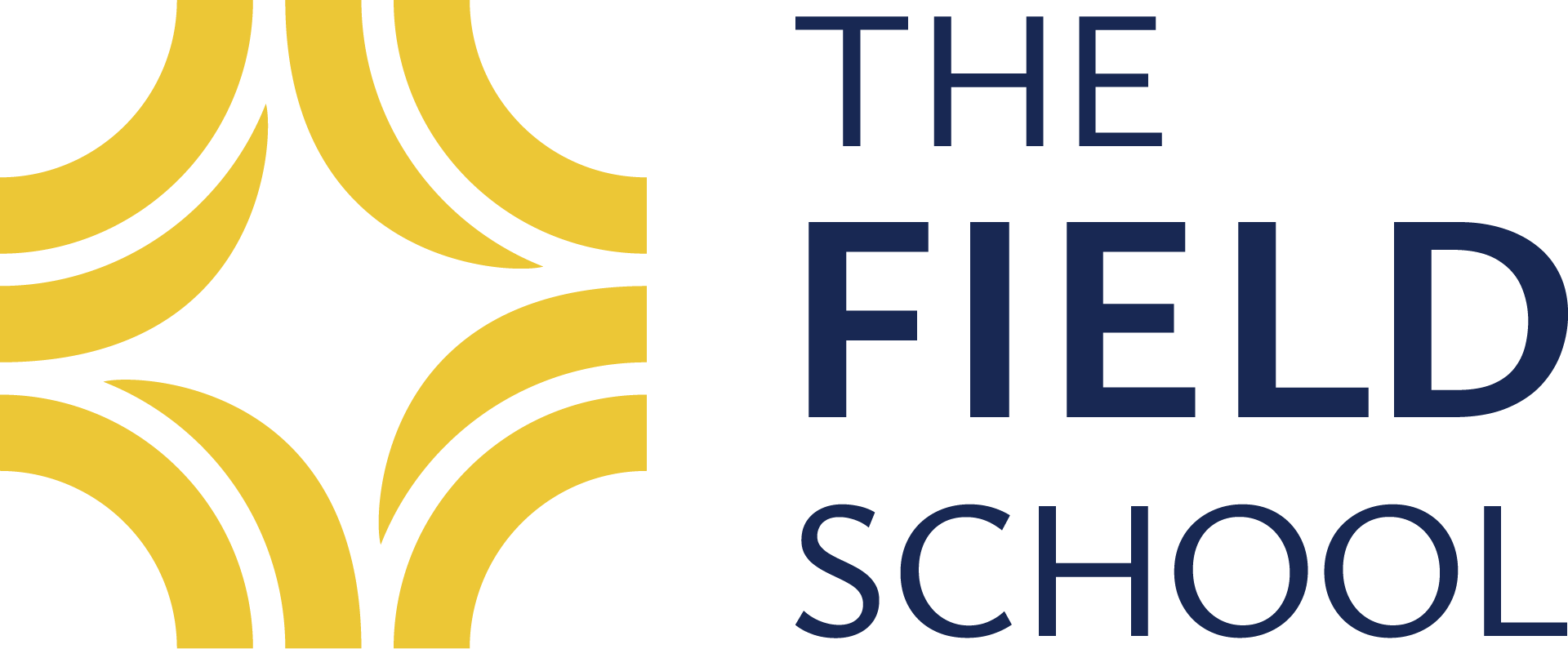Despite Washington DC being a COVID-19 hotspot, Field was allowed to remain open, while other schools in the area were forced to shut down.
By Colleen Cranna
By mid-December, Washington D.C. became recognized as one of the largest COVID-19 hotspots across the United States, resulting in an issued state of emergency by Mayor Bowser as cases reached a daily average of roughly 150 cases per every 100,000 individuals. Following this surge, many DC Public Schools (DCPS) announced a shift to virtual learning until mid-January or early February at the latest. Included in that list of schools was Excel Academy, Barnard Elementary, Wilson High School, and various other elementary and high schools in the district.
Despite the decision to shut down certain DCPS high schools due to the rise in cases, here at The Field School, a private DC high school, we were able to stay open. This ability to safely stay in person for school evidently demonstrates the disparaging nature of the Covid-19 Pandemic on high schools across the district due to resources or certain abilities.
The Field School has a unique position in this global pandemic, in comparison to many DCPS high schools. Having a student body of less than 400 allows the opportunity for certain safety measures that wouldn’t otherwise be an option. The ability with funding to offer weekly testing for Winter indoor athletes, as well as bi-weekly testing for the entire student and faculty populations, are luxuries that certain high schools can provide while many other high schools cannot.
Another prominent aspect of The Field School’s safety plans for a safe return to school was proper social distancing. With an average class size of twelve students, classrooms even prior to the pandemic were able to accommodate the six-feet apart distance recommended by the Center for Disease Control (CDC). With over 51,000 students across DCPS schools, the student body of individual high schools greatly exceeds the numbers at Field. DCPS has implemented various tactics to mitigate the effects of the pandemic, including increased ventilation, educating the community of preventative measures, and close contact tracing. Regardless of these measures, many DCPS educators are choosing to leave their role due to the lack of safety precautions taken in the classroom, with a 2021 survey of nearly 1,000 teachers across the district highlighting a staggering 43% admit to considering leaving their profession due to the pandemic.
As reported by WUSA9 earlier this month, teachers in DCPS schools are wearing red to show their support for “demanding greater health and COVID safety measures in the classroom.” As a part of this “Week of Action” organized by DCPS teachers, paid leave due to COVID-19 related incidents, increased protection and strategies against the effects of the pandemic, and additional support for substitute teachers in the classroom during the pandemic are all a part of their objectives. Clearly, the pandemic has had severe effects on the DCPS system, and only further impacted the lives of students and teachers alike with the need to switch to virtual learning.
In terms of Athletics, in March of 2021 the D.C. State Athletic Association (DCSAA) made the final decision to continue the postponement of Fall and Winter sports for the 2020-2021 school year. This decision affected all public, private, and charter schools across the district. In response to this decision, The Field School, like other private schools in the area, continued practices safely socially distanced and masked, in accordance with CDC guidelines and DCSAA recommendations. For many schools, it wasn’t until this Fall of the 2021-2022 school year that traditional sports seasons took place, not without some differences however. Decisions regarding a safe return to play became much of the responsibility of particular sporting conferences. In particular, DCPS schools prohibited spectators at events, enforcing that no individuals outside of the sports teams or staff were to be present at live sporting events. The Potomac Valley Athletic Conference (PVAC) had similar recommendations with limited viewing, but also required the wearing of masks for all individuals involved including players, spectators, and coaches, regardless of being outside and/ or socially distanced.
Throughout these unprecedented years, it’s important to recognize the disproportionate effects that the pandemic has had on schools based on resources available to safely return to pre-pandemic practices. Student life, academics, and athletics are at the forefront of priorities for schools during this time, and although many schools have been discouraged by many of the devastating effects of the pandemic, there is hope to return to semi-normal practices in the upcoming months.

